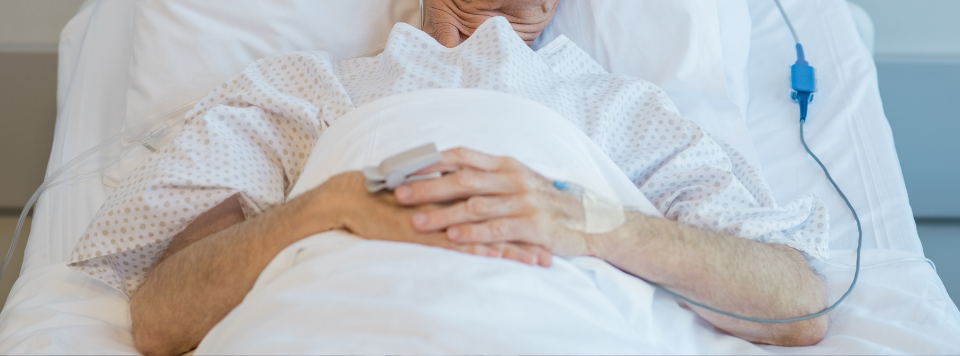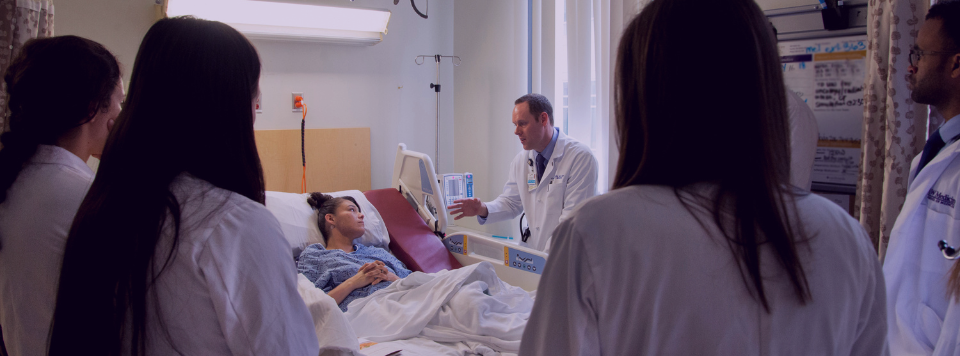
UW researchers develop innovative solution for prehospital hemorrhagic shock care



A promising development at the University of Washington could help those experiencing extensive blood loss after a traumatic injury.
Dr. Nathan White and Suzie H. Pun led the team comprised of several UW researchers, including emergency medicine's Dr. Alex St. John, Senior Research Scientist Xu Wang, Research Scientist Kristyn Ringgold, and Research Study Coordinator Sarah Stucky.
Their research, recently published in the journal Angewandte Chemie, details how a novel star-shaped polymer solution could mitigate the effects of severe hemorrhagic shock. This approach could greatly enhance preclinical treatment in time-critical and resource-limited emergency scenarios.
According to the team, there are few options available right now for damage control resuscitation (DCR) of trauma victims. Due to this, they designed injectable polymers for use as low-volume resuscitants (LVRs). Using RAFT polymerization, they evaluated the effect of polymer size, architecture, and chemical composition upon both blood coagulation and resuscitation in a rat hemorrhagic shock model.
A star-shaped polymer emerged as an effective LVR that doesn't affect blood clotting. In rat models, administering 10% of this polymer solution after a 60% blood loss restored blood pressure and overcame shock without adverse effects on clotting or organs. High doses of polymer produced no observable adverse effects on blood clotting or organs, making this an improvement over colloidal resuscitants currently in development.
The team's research was recently highlighted by the journal. Read more about their findings here.








